Growing and maintaining a healthy green lawn can sometimes seem impossible. Are you wondering whether your current fertilizer is the cause for your lackluster grass and want to switch? What brands make the best fertilizer for achieving a lush, vibrant lawn?
We will answer these questions and many more throughout this article. With that said, let's begin!
Although endless fertilizing products are available, some achieve dark green grass better than others.
Some of our top recommendations include:
- Scotts Green Max Fertilizer
- Scotts Turf Builder SummerGuard
- Miracle-Gro Lawn Food
- Simple Lawn Solutions Liquid Iron Fertilizer
- The Andersons PGF Complete 16-4-8 Fertilizer
Regardless of brand, nitrogen fertilizers will work best to achieve a more vibrant lawn. You also want to prioritize products with lower phosphorous levels, as that can sometimes affect the color of your grass.
As we begin, we will cover all things green grass and discuss which fertilizers work best for enhancing your lawn. Whether you're out of ideas or recently planted grass, we're here to offer some guidance.
With that said, let's explore this topic in greater detail below!
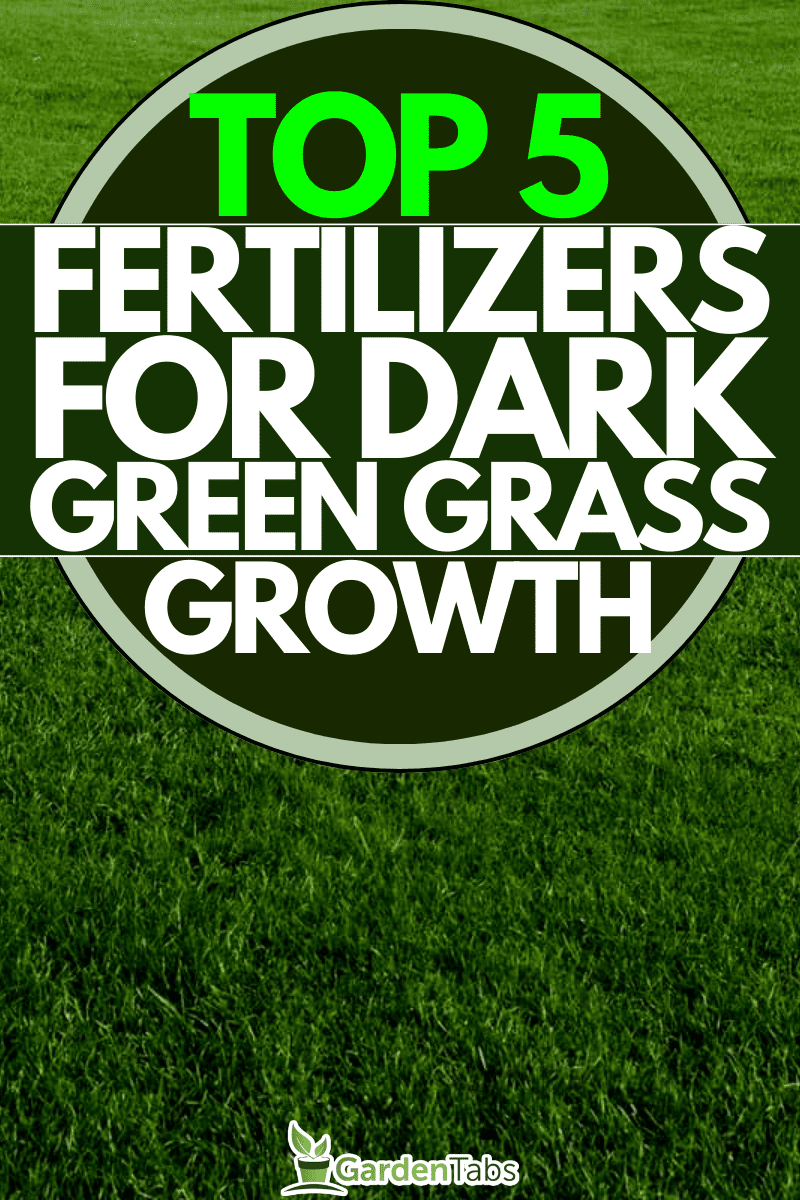
How Can I Make My Grass Look Greener?
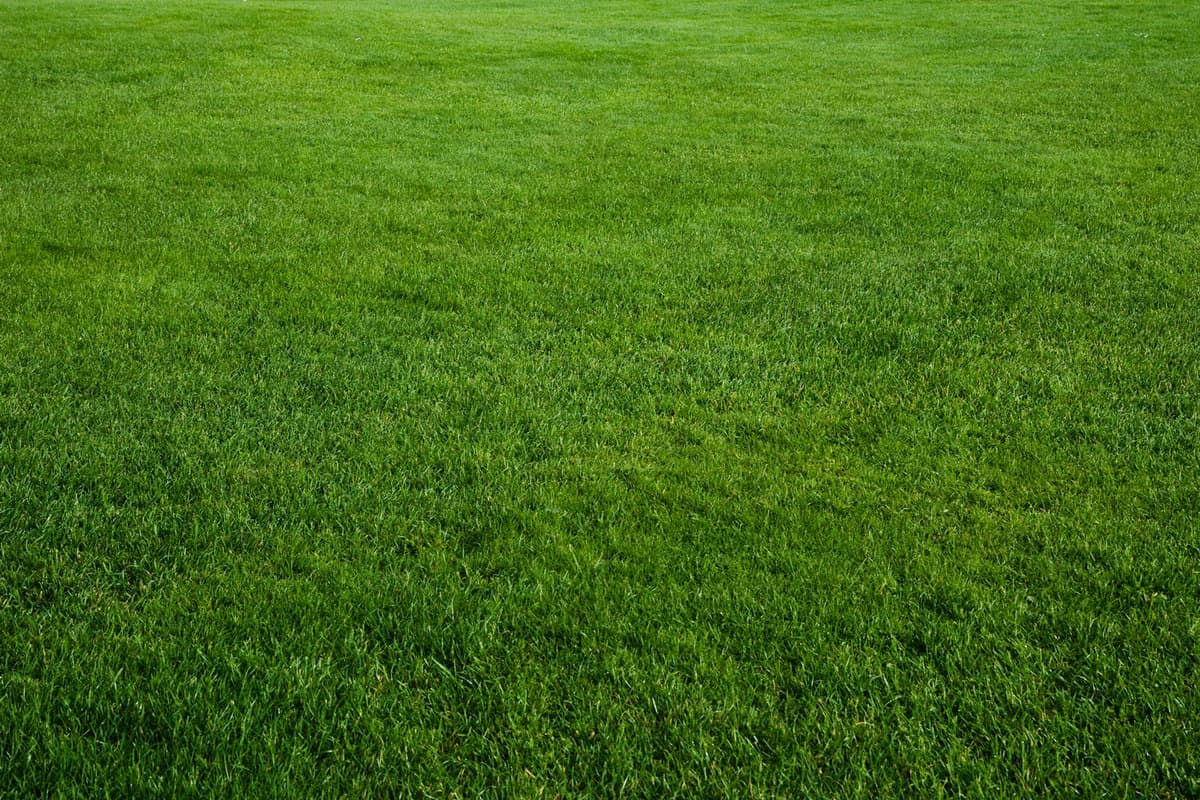
For those struggling with lackluster grass, there are ways to solve this. Generally, a good first step is testing the ground where your lawn is growing.
Considering that healthy soil is the key to a vibrant, deep green lawn, you'll want to ensure yours has the proper nutrients to sustain grass.
As we covered, nitrogen will enhance grass's color and work well for its health, so if your soil has too little, this could explain the sad-looking lawn.
Additionally, you want to fertilize grass every so often. Not only will skipping fertilizer negatively affect your grasses' color, but it can even cause it to grow slower (if at all).
Insects and weeds are another cause of off-colored grass. Ideally, you want to use a natural/organic insecticide/weed killer on your lawn 1-2 times a year or whenever you notice signs of problems.
According to The Home Depot, properly watering and aerating grass is another easy way to keep it green and lush. For example, if you don't water your grass 1-2 times a week, don't expect it to be deep in color.
Moreover, if you don't aerate every 1-3 years, your grass likely won't be dense and vibrant, so these are things you need to do to maintain your property.
Should Grass Be Dark Green?
Depending on your grass, it won't always need to be super dark to be considered healthy. Of course, deeper, richer hues in your lawn will signify that it is producing healthy blades, so in that respect, we agree.
Generally, the better you water, fertilize, and care for your grass, the more colorful (green) it will be. For example, if you're growing grass and notice it's yellowing or even turning brown or red in certain spots, there's something wrong.
According to Picture Perfect Lawn Maintenance, red or pink tendrils within areas of your lawn can mean your grass has a fungal problem. This is also known as "red thread," which you'll need to treat using a fungicide.
On top of that, not all grass will handle heat the same way. If it's hot and dry outside for long periods, don't expect your lawn to be lush and dark green.
This especially applies to those in the southwest or any desert climate, where grass won't generally be easy to keep green or alive.
What Are The Best Fertilizers To Get Dark Green Grass?
Now that you have the basics down, it's time to find the best fertilizer for your lawn. As we said, there are five top contenders on our list, which we will explain below:
1. Scotts Green Max Fertilizer
This fertilizer feeds for deep greening within the first three days, supplements your lawn with iron, works for all grass, should be applied in the spring, summer, and fall, and covers up to 10,000 square feet.


Follow this link to see it on Amazon.
2. Scotts Turf Builder SummerGaurd
This fertilizer works for all grass types, protects your lawn from heat and drought, kills/protects against bugs, enhances color, won't burn your grass, and covers up to 5,000 square feet.


View this turf builder on Amazon here.
3. Miracle-Gro Lawn Food
This fertilizer is water soluble, instantly feeds all grass types, encourages softer, greener grass, feeds up to 7,200 square feet, and comes in a five-pound container.


4. Simple Lawn Solutions Liquid Iron Fertilizer
This fertilizer contains nitrogen and iron to enhance your lawn's color, promises to create darker grass, treats nutrient deficiencies, includes micronutrients, and comes in a 32-ounce bottle.


Check out this fertilizer on Amazon.
5. The Andersons PGF Complete 16-4-8 Fertilizer
This fertilizer contains micronutrients, nitrogen, and iron, promotes darker, greener grass, feeds for two months, works on every type of lawn, covers 5,000 square feet, and comes in an 18-pound container.


Follow this link to view it on Amazon.
What Grass Is Naturally The Greenest?
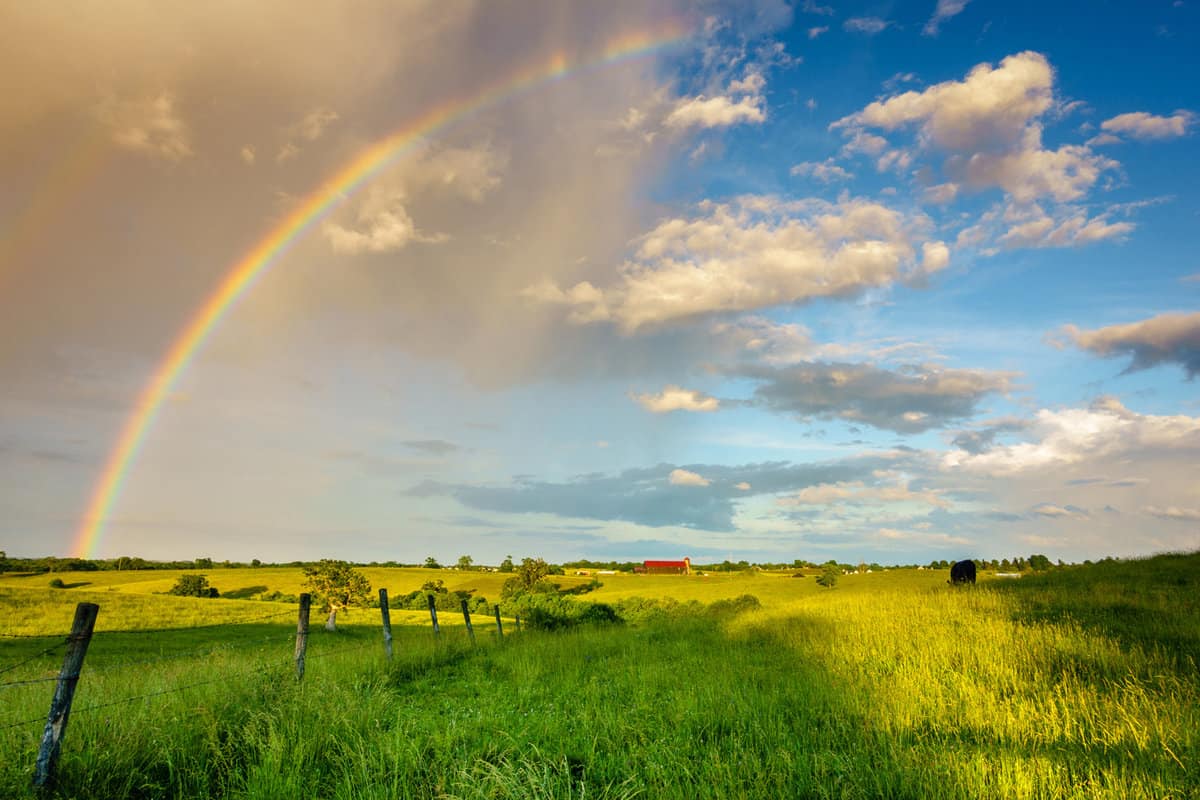
You can generally expect Kentucky bluegrass and perennial ryegrass to be the darkest and greenest. As we mentioned earlier, not all grass will be the same hue, so choosing one that fits your needs is a good idea.
Kentucky bluegrass is a perennial variety, meaning it will come back year after year. The same goes for ryegrass, so these are two good ideas if you don't want to re-plant your grass every spring.
These two kinds of grass also tend to have a softer texture, making them more suitable for anyone wanting to enjoy their grass regularly.
Again, that doesn't mean other grasses won't be green and vibrant, but we recommend Kentucky bluegrass and perennial ryegrass options among them.
What Grass Makes The Prettiest Lawn?
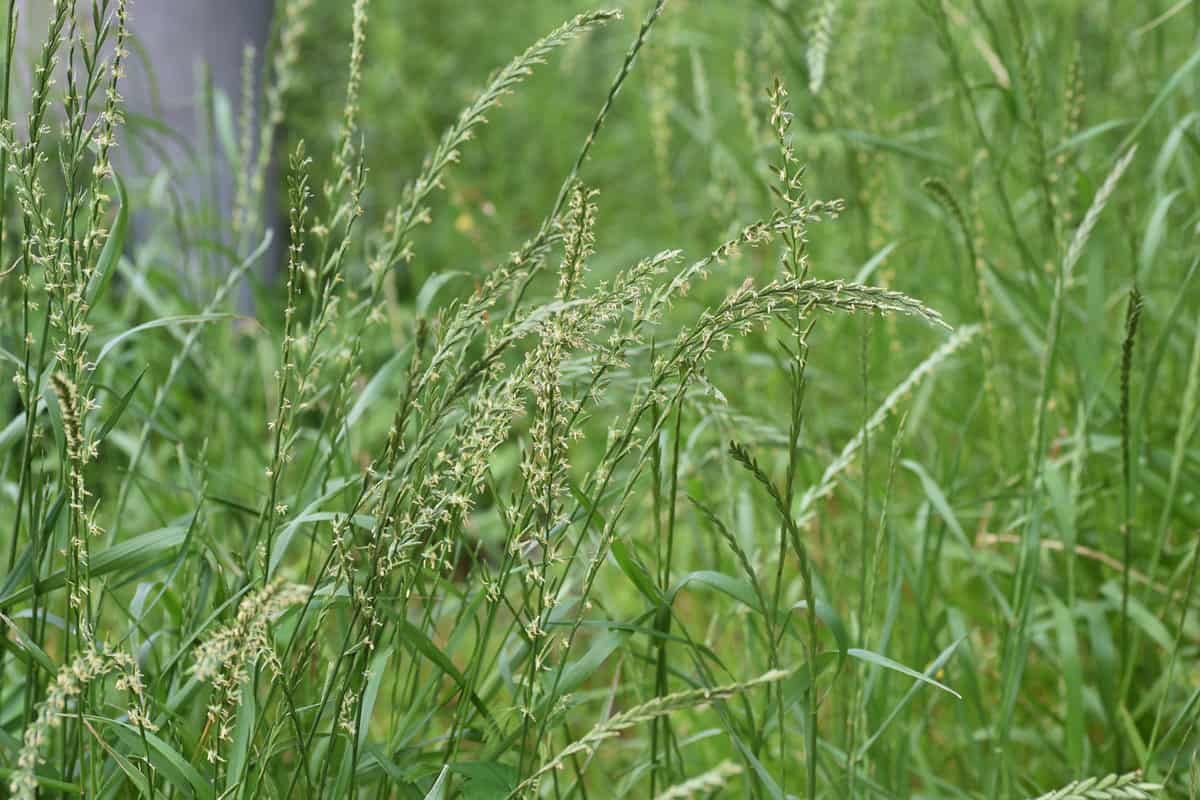
Sticking to a similar theme, finding grass that will grow into a beautiful lawn is also imperative. According to experts, these are the best types of grass for a pretty year-round lawn:
- Kentucky bluegrass
- Perennial ryegrass
- Fine fescue
- Tall fescue
- Zoysia grass
- Bermuda grass
- Centipede grass
With that said, these will vary depending on where you live, so you want to make sure you're growing the correct type of grass for your USDA zone.
Generally, Kentucky bluegrass, perennial ryegrass, fine fescue, and tall fescue work well for the north. Furthermore, you can grow tall fescue, Zoysia grass, and Bermuda grass in transitional USDA zones.
And for those in the south, we recommend growing centipede grass.
Again, you also want to ensure your property has nutrient-rich soil before planting grass, as deficient soil will result in a lackluster lawn.
Even if you have great land, weather and maintenance can affect the color and density of your lawn, so many things will come into play here.
Does Grass Stay Green All Year?
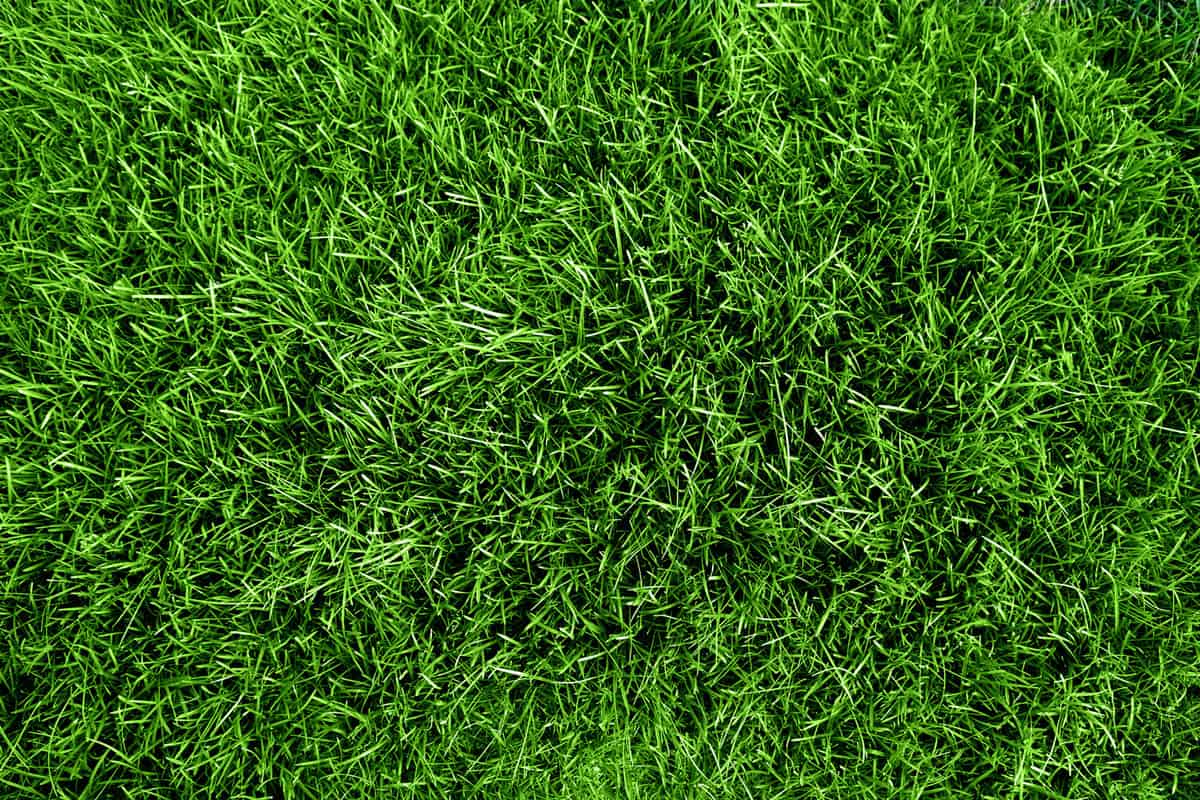
No. Not all grass will keep its color throughout the entire year. Depending on the climate where you live, it's possible to see your grass discolor or die off in the summertime.
On the other hand, if you live in a cooler location, your lawn will likely remain green all year.
As we covered, grass is temperamental and doesn't always agree with heat and dryness. Regardless of how much you water it, some climates aren't suitable for growing and maintaining a lawn.
You also have to consider the environmental impact grass can have. Suppose you're in Arizona or Nevada and want to grow deep, lush grass.
You will need to water your lawn up to three times each week in the summer, which isn't a great idea considering the current water crisis.
Many states, including California, encourage residents to avoid natural grass altogether to combat water waste. Again, this depends on the county you live in, but sometimes, keeping your grass alive and thriving through the four seasons is impossible.
So, it might be worth considering an alternative to natural grass, like SynLawn or another faux lawn product.
How Often Do You Have To Water Grass?
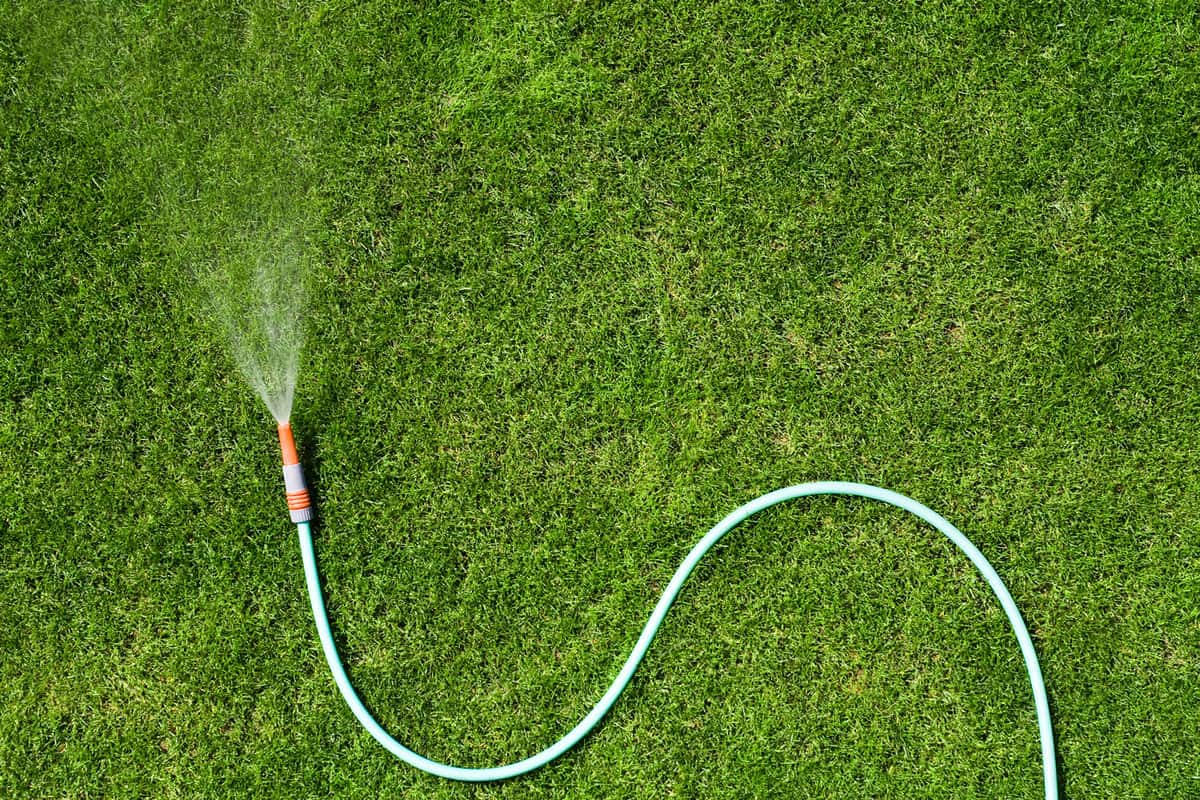
It's usually a good idea to water your grass 1-2 times each week. Depending on your location's climate, you may need to adjust this schedule, so this will be different for everyone.
Regardless, most grass will require 1-1.5 inches of water weekly. So, if you decide to give your lawn an inch or more of water in one sitting, there's no need to water it again a few days later.
Luckily, you can find sprinkler systems to install with specific timers and setting for grass, so you don't have to stand out in the sun or do any mathematics.
Again, it's best to come up with a plan alongside a professional landscaper, as they'll have helpful insight into what you need to do to keep your grass green and healthy.
According to Gilmour, it generally takes 30 minutes to give a lawn a half inch of water.
So, if you water for 30 minutes twice weekly, your lawn will likely get enough moisture to grow. However, if you don't want to stand with a hose or turn your sprinklers on for so long, you could also try 20 minutes, three times each week.
To Finish
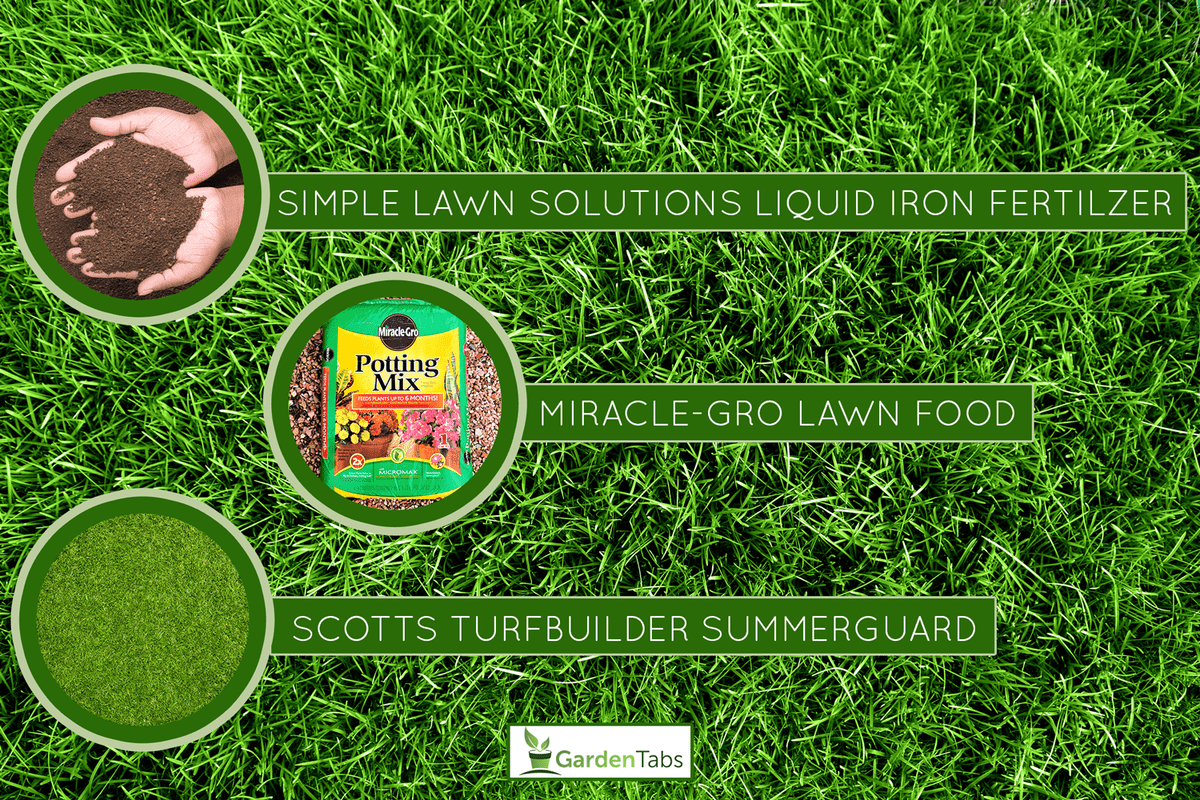
Whether you have a lush, green lawn growing or need to get your grass back on track, it's essential to use the right fertilizer. From what we found, it's a good idea to use products rich in nitrogen for deeper, greener grass.
Furthermore, fertilizers with micronutrients can supplement the soil, giving your grass more energy to grow and mature. Ideally, you will find a natural or organic option, but this isn't always so easy.
Regardless, make sure to water your grass 1-2 times each week, and don't be afraid to switch to a synthetic lawn alternative if you're in the desert!
Made it this far? Check out these helpful related articles!
Can Grass Grow In Clay Soil? [Inc. The Best Kinds To Use]
